BATTLE FOR ISURAVA - 26 August 1942
On the 26th August 1942, the Japanese moved forward from Deniki, an assembly of approximately two and a half thousand soldiers, against the 39th Battalion, now under the command of highly respected Lieutenant Colonel Ralph Honner, plus components of the 49th and 53rd Battalions, an Australian force of approximately four hundred. The Japanese made contact with the outer positions of Maroubra Force at Isurava and began full frontal attacks against the Australians who were dug-in with mountain guns and mortars.
The 2/14th Infantry Battalion, who had just returned from combat in the dessert, had been sent from Myola to relieve the 39th. The first Company of approximately ninety men reached the position at Isurava in the middle of the afternoon on 26 August. Although their purpose was to relieve the 39th, Honner decided to keep the 39th in reserve as several times the Japanese threatened to break through the perimeter.
Brigadier Potts (Brigade Commander of the 21st Brigade), who had taken command of Maroubra Force, soon realized that the Japanese were launching a major attack and decided to position the complete 2/14th at Isurava, while also bringing up the 2/16th to Myola where it would be held in reserve. By the time the 2/14th Battalion had left the Japanese were able to field a three thousand strong force.
The Japanese were to hold the enemy in place with frontal attacks, while positioning themselves on the flanks for an attack and try to cut off the Australian forces from the rear. By this stage Japanese scouting had revealed a adjacent track (Abuari) that by passed Isurava, (this adjacent track was defended by the Australian 53rd Battalion), The Japanese determined that this track was suitable for an outflanking manoeuvre and an attack in that was launched.
The Japanese were on a severe schedule; delays in locating the Australians meant the gradual dismantling of their forces due to battle casualty, fatigue, starvation and disease. As a result, Maroubra Force endured four days of violent attacks at Isurava from aggressive, well trained and battle hardened Japanese army.
On the morning 27 August, the Australians defending Isurava were subjected to heavy mountain gun & mortar fire as the Japanese launched a numerous attacks against the 39th and 2/14th Battalion’s positions.
As the morning advanced, the attacks began to penetrate the Australian’s defence; however, the assignment of further elements of the 2/14th Battalion calmed the situation and by night the Australian perimeter had been confirmed.
The condition on the right flank, which the 53rd Battalion were guarding on the alternate track, was dangerously close to falling. A Japanese unit was sent to clear the track, and unfortunately for the Australians they were successful, they penetrated the 53rd Battalions perimeter. Then they managed to break the Australians' positions, killing a number of the battalion's senior officers, including its Commanding Officer, Lieutenant Colonel Kenneth Ward.
As a result of this, communications between the companies broke down reducing coordinated action impossible and the 53rd gave up their ground and retreated back to the track behind Isurava. The Japanese had failed to exploit this situation and the way to Alola was open to them and as a result Potts was forced to bring up the 2/16th Battalion to plug the gap.
On the 28th August, the fighting continued along the front and flanks of the Australian position at Isurava. The Japanese commander could see that the Australians had brought in reinforcements and decided to commit two battalions he had been holding back in reserve (another 1200 men).
On the 29th August, the Japanese attacked with approx. six battalions and they were able to fire quantities of mortar and machine gun fire in support of their attacks. Not able to answer with comparable firepower, the Australian perimeter under severe stress began to fall.
It was during this fighting that Private Bruce Steel Kingsbury (a real estate agent from Melbourne) of the 2/14th made an exceptional individual effort for his country and the campaign and was posthumously awarded the Victoria Cross as a result. The first on Australian territory.
His citation read, in part:
Private Kingsbury, who was one of the few survivors of a platoon which had been overrun ... immediately volunteered to join a different platoon which had been ordered to counterattack. He rushed forward, firing the Bren gun from his hip through terrific machine-gun fire, and succeeded in clearing a path through the enemy. Continuing to sweep enemy positions with his fire, and inflicting an extremely high number of casualties upon them, Private Kingsbury was then seen to fall to the ground, shot dead by the bullet from a sniper hiding in the wood.
Eyewitnesses said that Kingsbury's actions had a profound effect on not only the Australians but the Japanese, thus halting their momentum. As Australian casualties increased, ammunition ran low and with the Japanese coming close to breaking through on the alternate track and the Australian positions threatened with encirclement. Maroubra Force withdrew towards Moresby along the Kokoda Track with the Japanese closely behind.
Brigadier Potts relieved the exhausted 39th and 53rd Battalions and they were ordered to make their way back to Port Moresby. The 53rd, whose performance on the track adjacent to Isurava was questionable, was reduced to being used for reinforcements and work parties; however, the 39th subsequently returned to the battle at Isurava when the Japanese threatened to capture Isurava.

